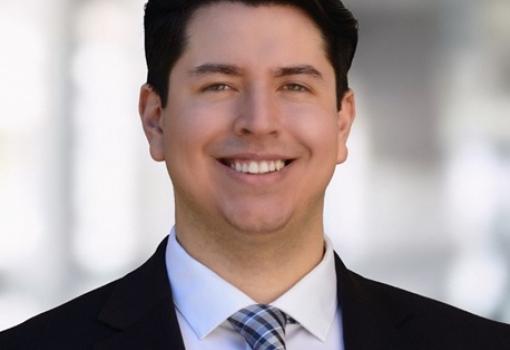Nathan Young, PhD

Nathan Young, PhD
Orthopaedic Trauma Institute - Young Lab
2550 23rd Street
San Francisco CA 94110
628-206-8812
San Francisco CA 94110
Orthopaedic Trauma Institute at Zuckerberg San Francisco General - Trauma & Problem Fractures
Publications
Grants
- A Predictive Developmental Morphospace Model of Cleft Lip
2020-09-03 - 2021-08-31
NIH R56DE029124
Role: Principal Investigator
- The developmental genetic basis for evolutionary variation in the hominin shoulder
2015-07-01 - 2018-06-30
NSF BCS-1518596
Role: Co-Investigator
- A Molecular Investigation of Growth and Shape Variation in Cleft-Lip Etiology
2007-09-01 - 2009-08-31
NIH F32DE018596
Role: Principal Investigator
Education
| Postdoctoral Studies | University of California, San Francisco | 2007 | |
| Postdoctoral Studies | Stanford University | 2006 | |
| Postdoctoral Studies | University of Calgary | 2004 | |
| Ph.D. | Harvard University | 2003 | |
| B.A. | New College of Florida | 1995 |
About Nathan Young, PhD
Nathan M. Young, Ph.D., is an Associate Professor in the Department of Orthopaedic Surgery at the University of California, San Francisco (UCSF), and Director of the Oral & Craniofacial Sciences Master of Science Program at the UCSF School of Dentistry. His research focuses on phenomic variation in evolution, health, and disease, with an emphasis on craniofacial and postcranial skeletal development, 3D medical imaging, geometric morphometrics, and human and ape evolution. Young has secured multiple National Institutes of Health (NIH) and National Science Foundation (NSF) grants as Principal Investigator and Co-Investigator, exploring topics such as brain-face interactions, cleft lip development, and shoulder morphology in osteoarthritis. With an h-index of 37 and over 5,080 citations, he has published extensively in high-impact journals, including Nature Communications, Proceedings of the National Academy of Sciences, and Developmental Dynamics. His work integrates evolutionary developmental biology (evo-devo) with clinical applications, advancing predictive modeling of craniofacial anomalies and skeletal variation. Young is a dedicated educator, mentoring numerous undergraduate, graduate, and postdoctoral researchers, and has received awards for teaching and research excellence, including the Zuckerberg San Francisco General Chairman’s Award and the Dean’s Publication and Mentorship Prize from the University of Calgary.


